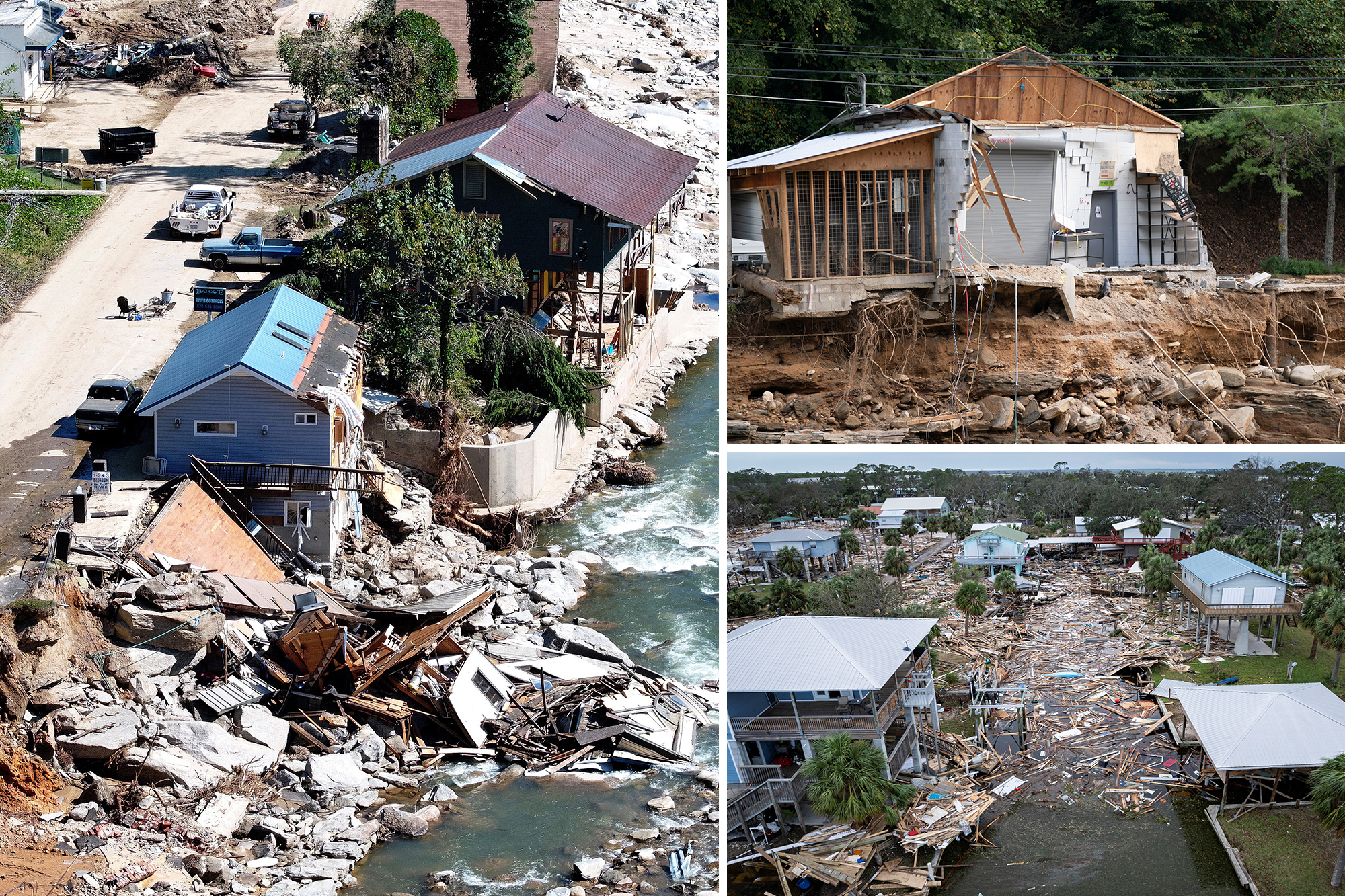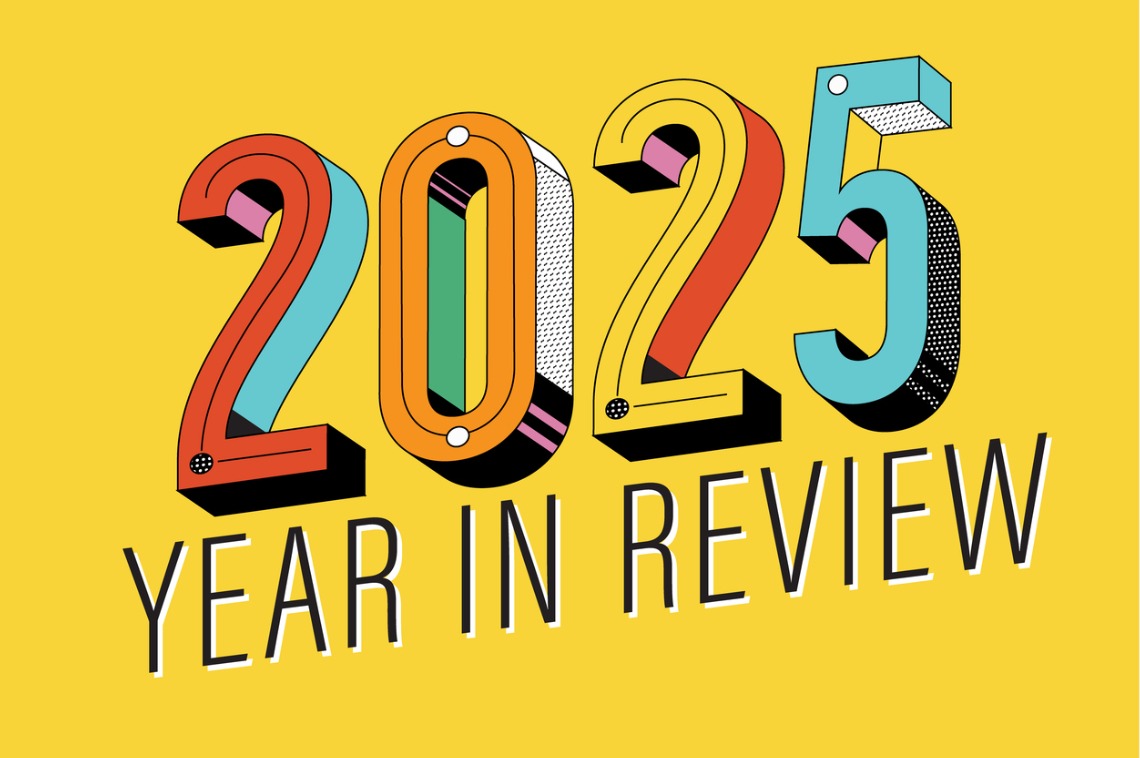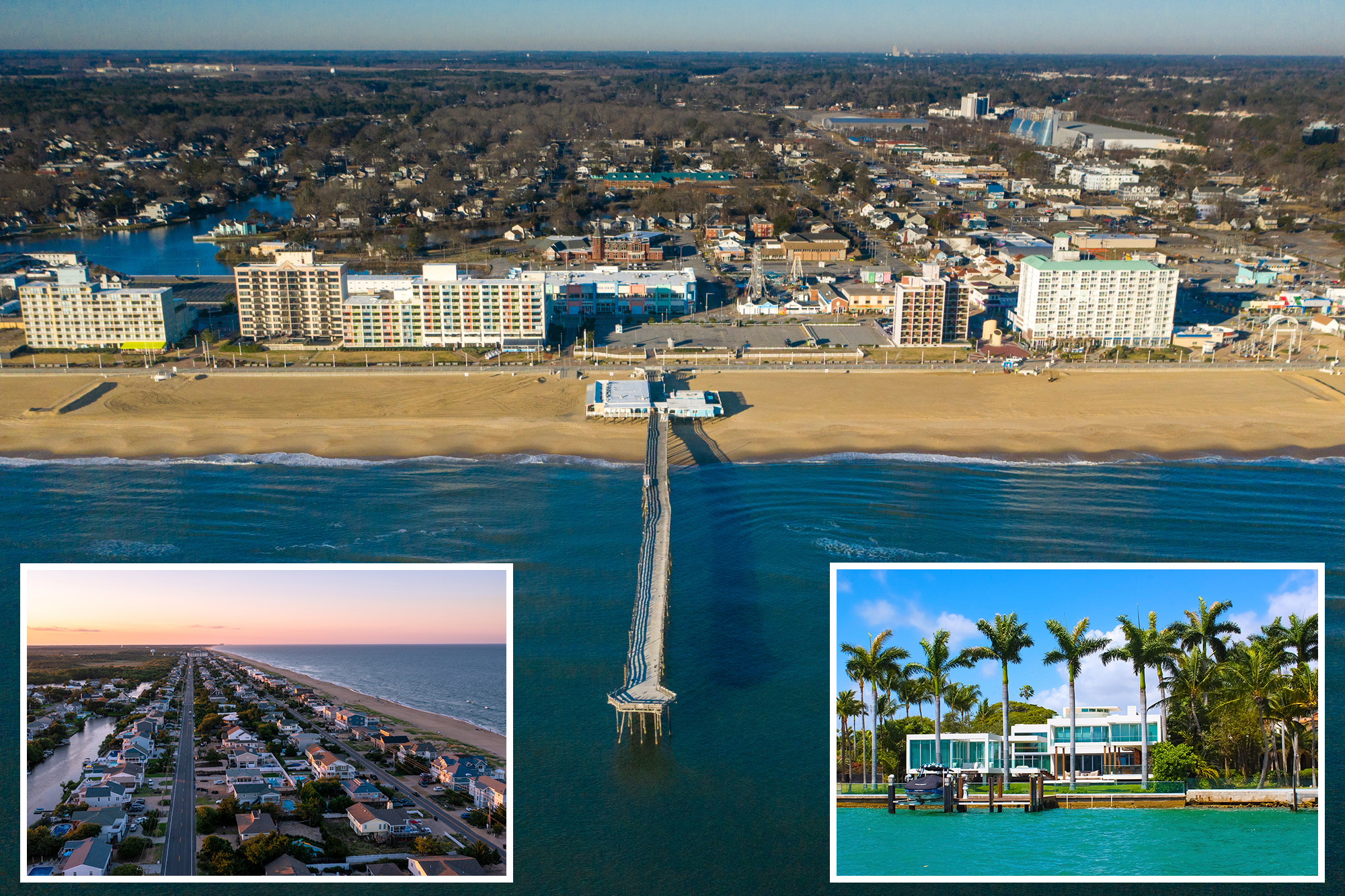H
urricane Helene's aftermath has left a devastating financial trail, with insured losses exceeding $6 billion and uninsured losses even higher. Homeowners in North Carolina are bearing the brunt, as most properties lacked flood insurance despite being outside designated flood zones. Experts warn that these outdated designations provide a false sense of security, and new risk-assessment technology from First Street Foundation reveals a more dire reality.
According to First Street, nearly 12% of homes in North Carolina are at risk of flooding, triple the amount designated by FEMA. This data is now integrated with Zillow, making homebuyers more aware of climate risks like flooding, fire, and wind. Zillow listings now include property-specific climate data, including potential flood, fire, wind, and heat risks, as well as estimates for how these dangers may increase in the next 15 to 30 years.
Homebuyers are taking notice, with over 80% considering these hazards when purchasing a home. Flooding is the top concern, and First Street's new flood maps account for increased rainfall from severe storms, providing homeowners with a clearer picture of their risk. Experts predict that rising insurance costs will lead to decreased home values in high-risk areas, as buyers factor in the added expense.
A Zillow analysis found that more homes nationwide are listed with significant risk of flooding or fire than five years ago. As risk scores become a critical tool for buyers, home values in affected areas are expected to drop due to increased insurance costs.















